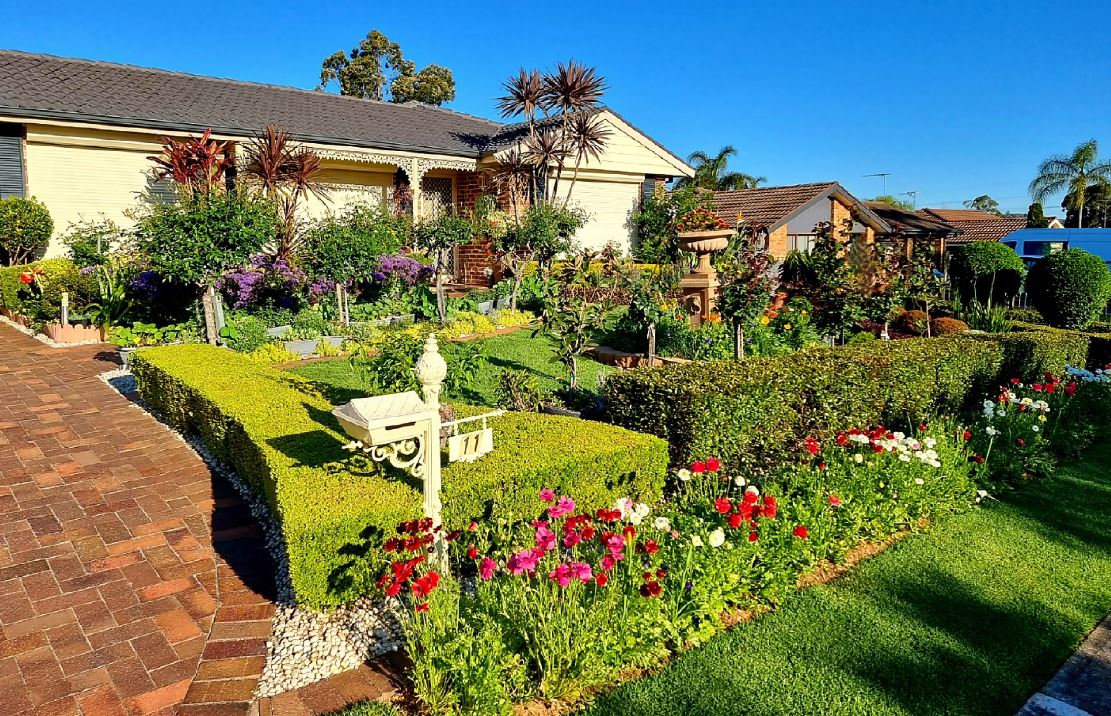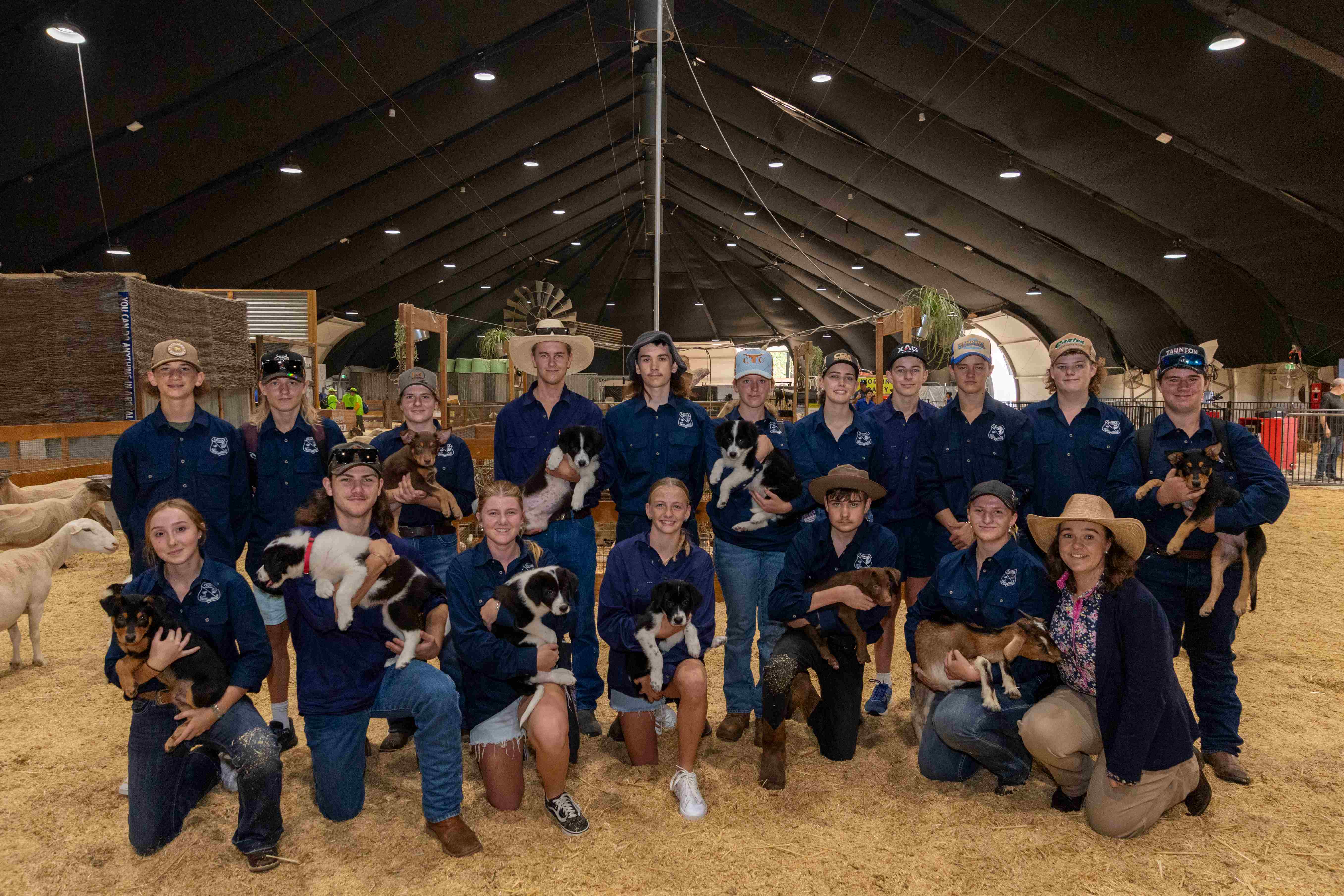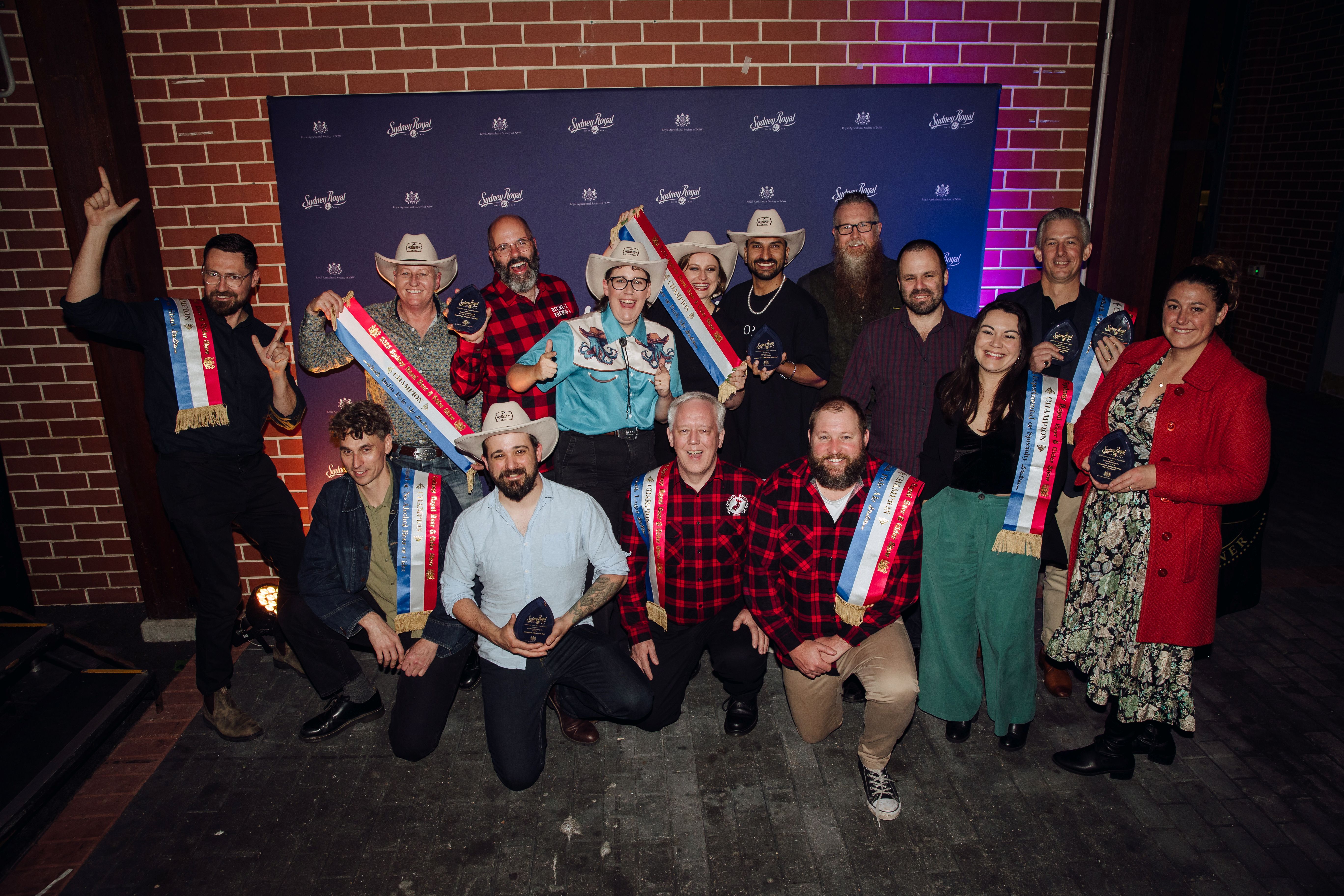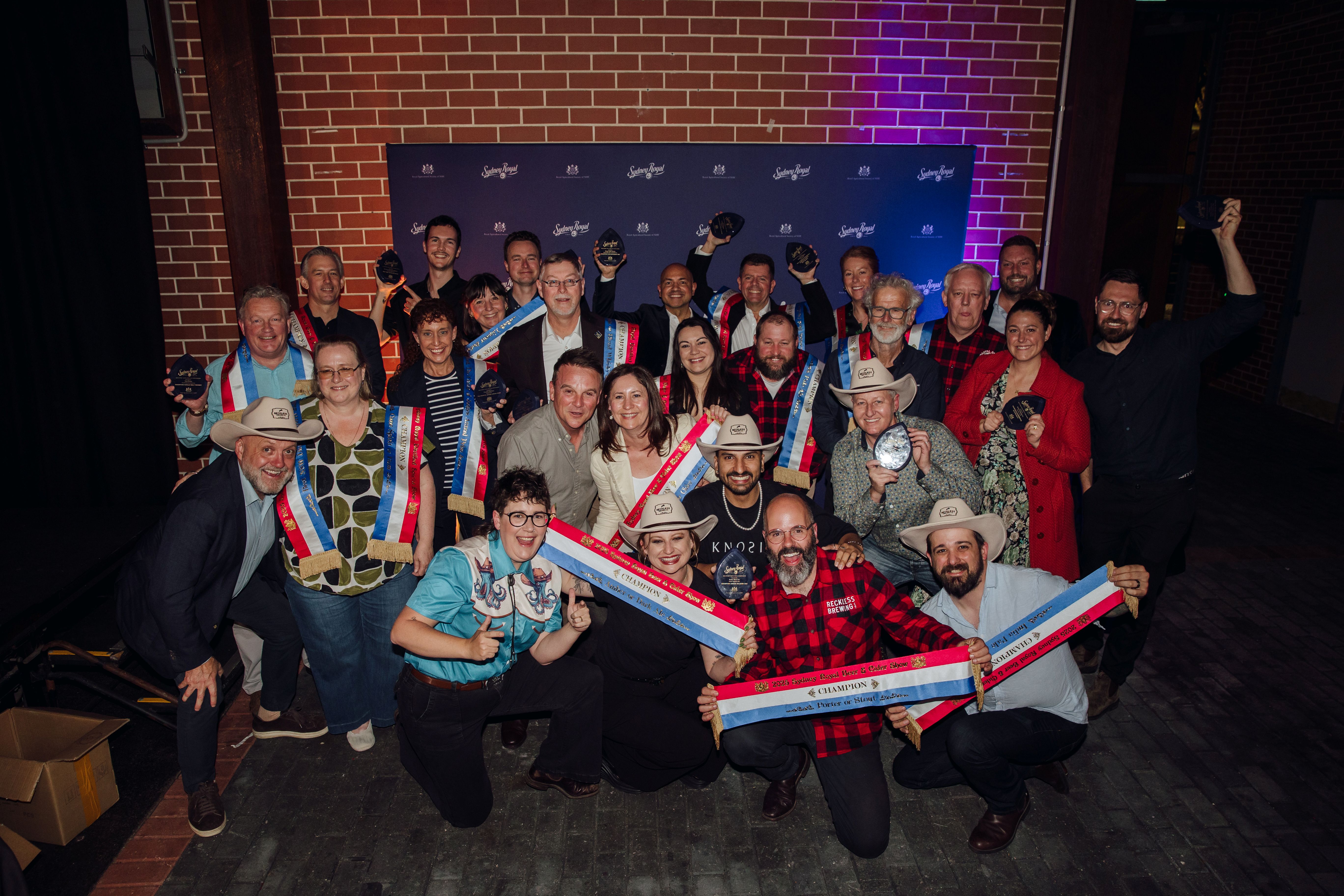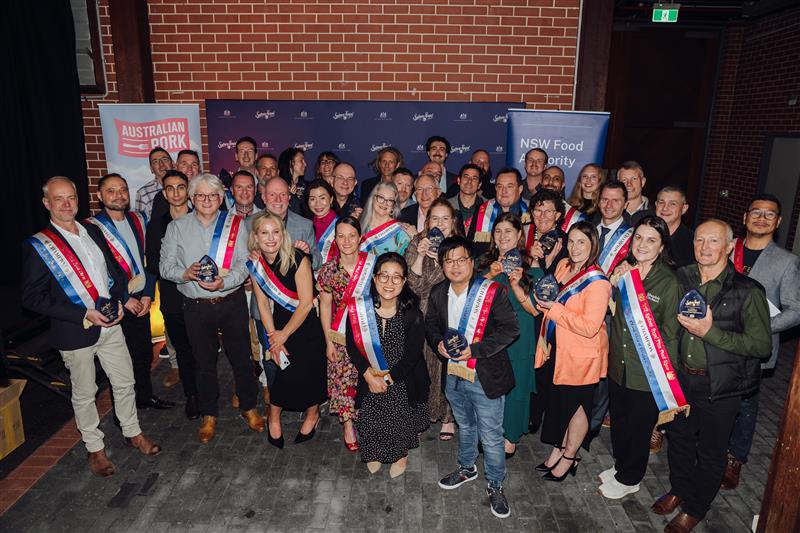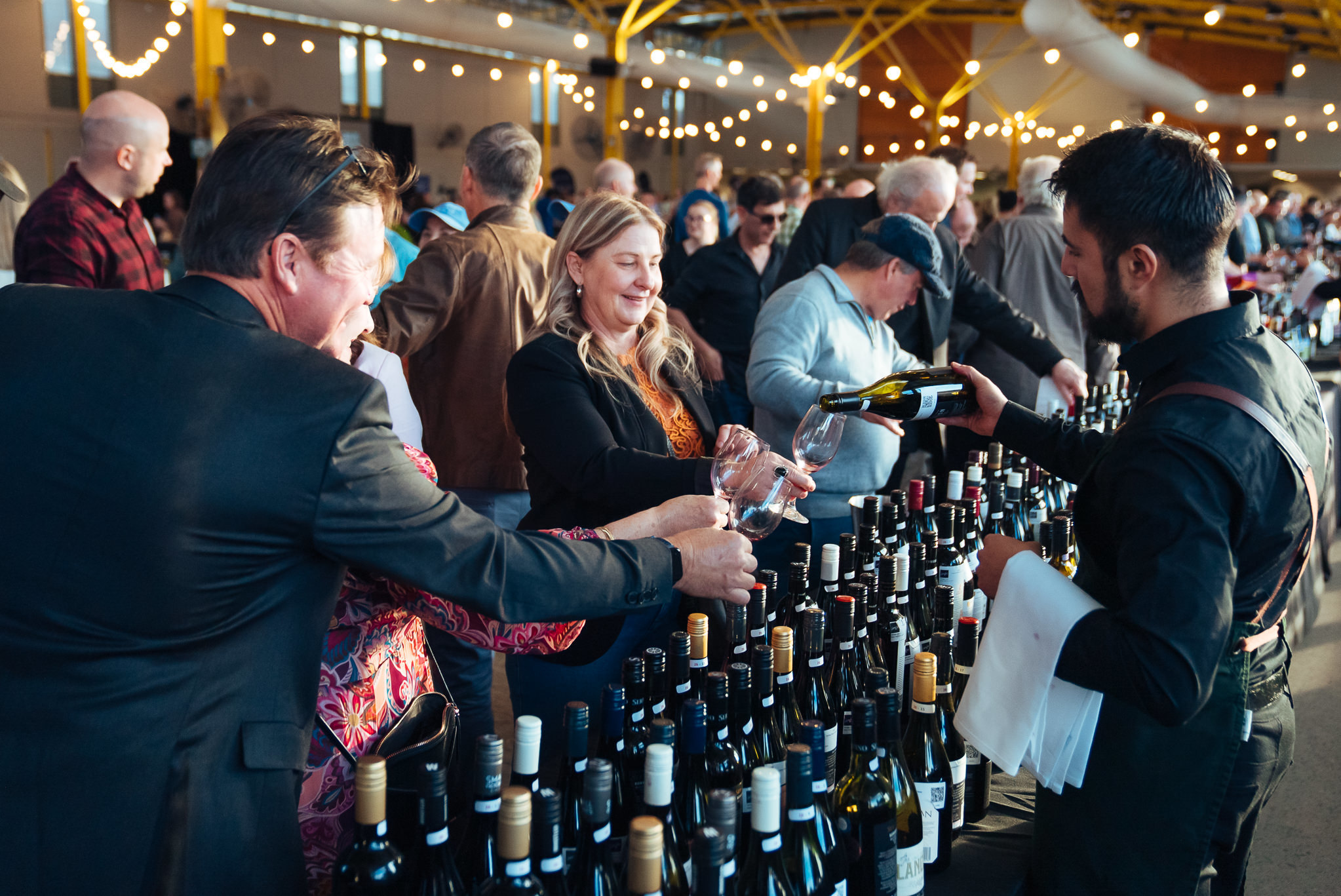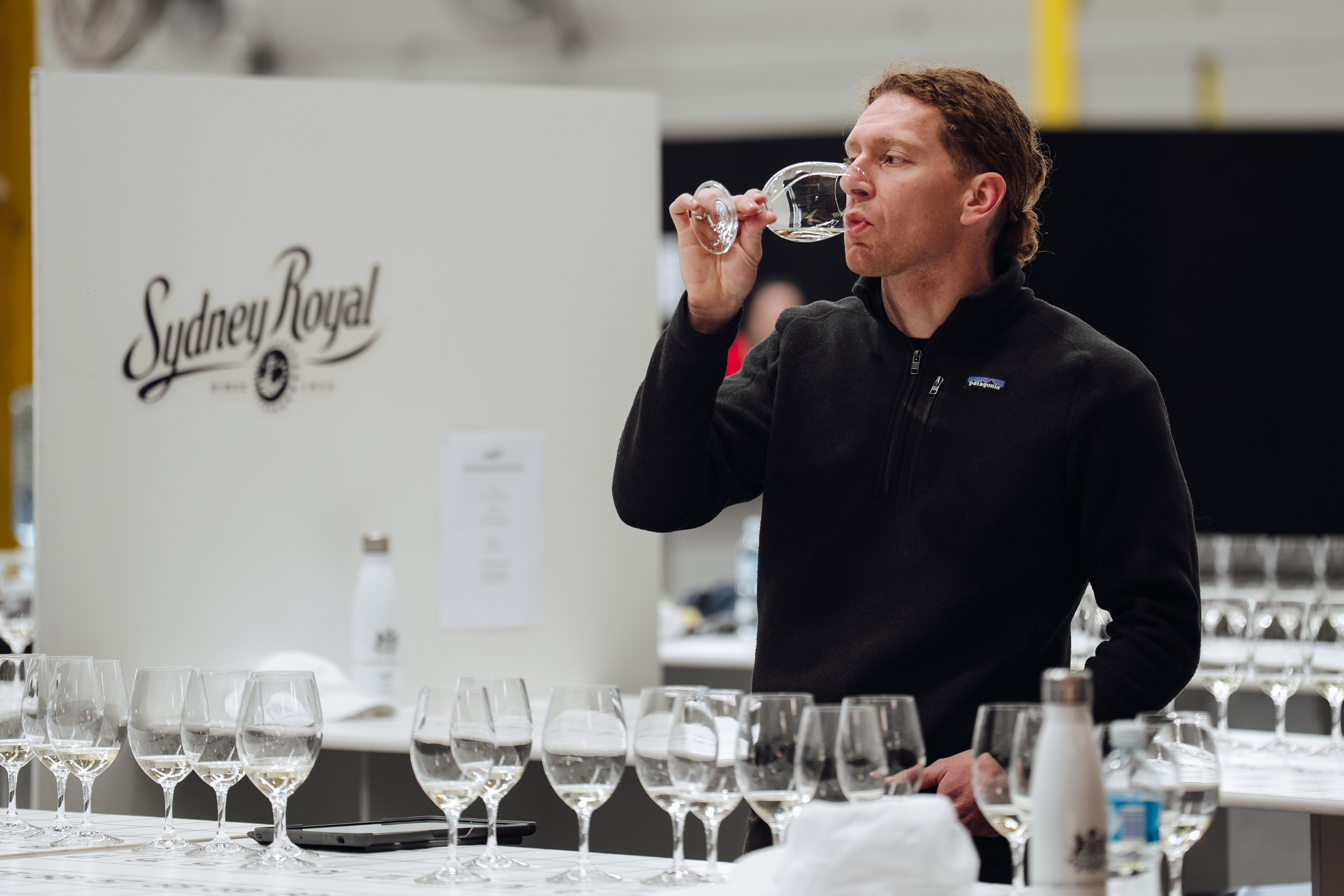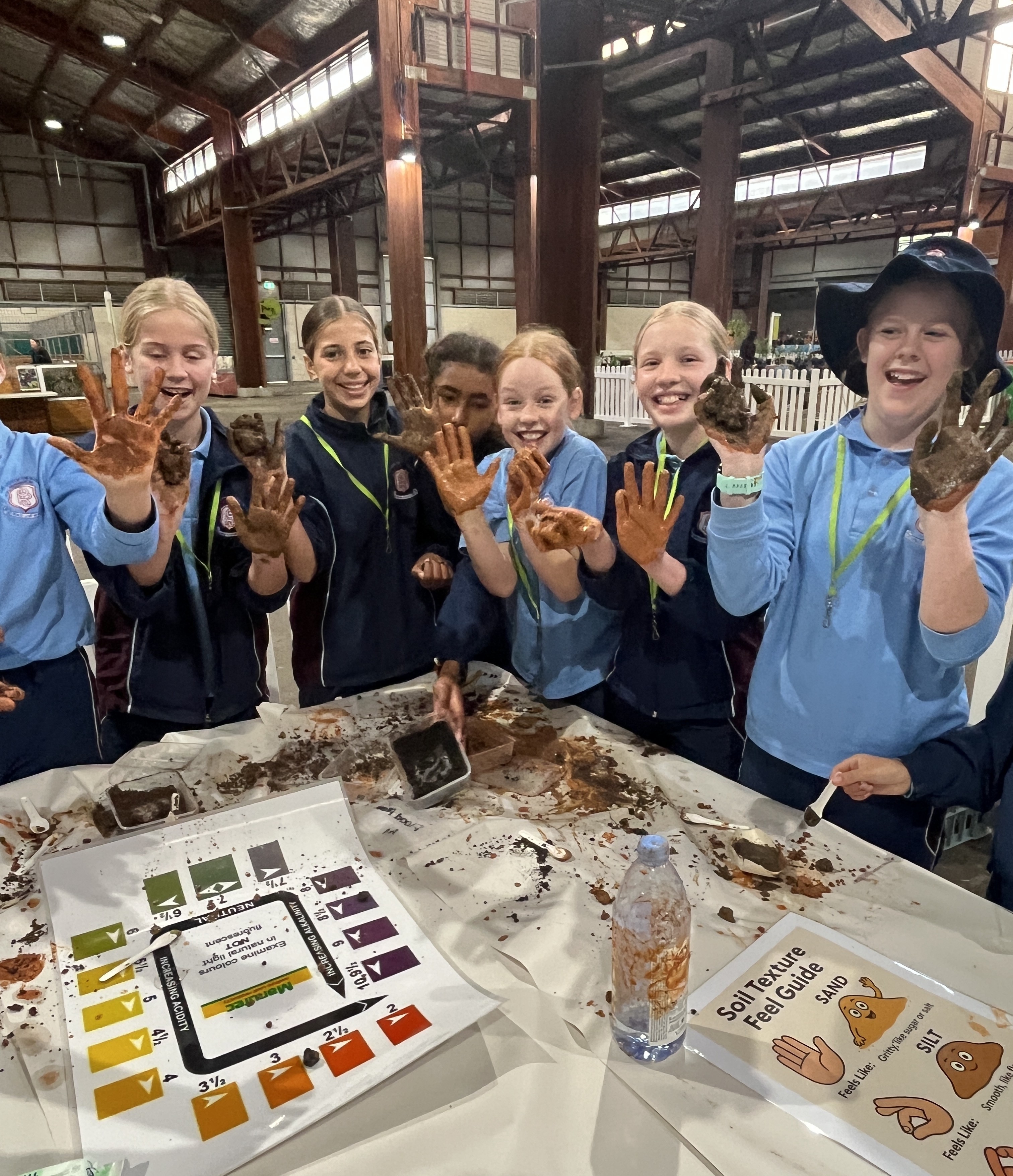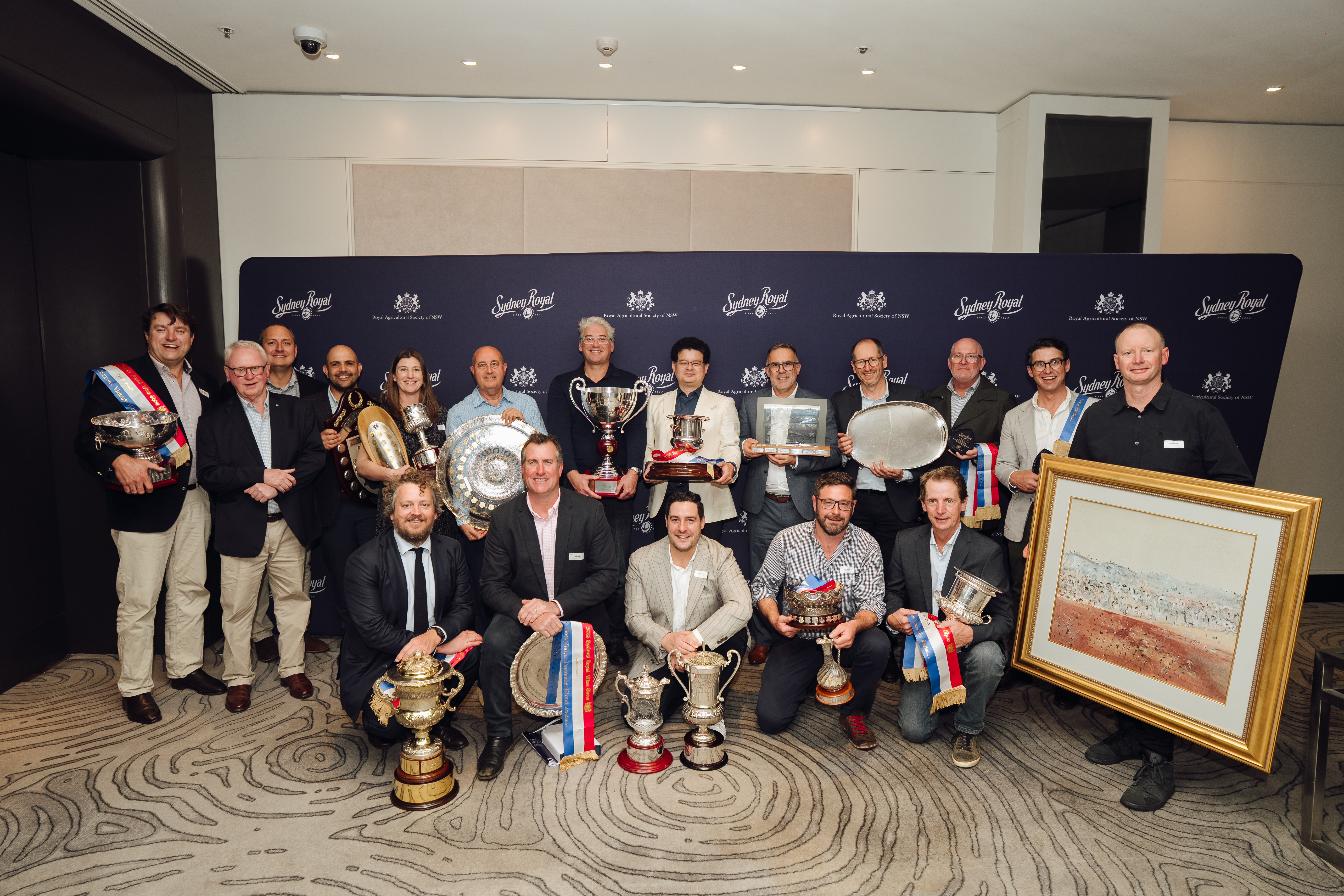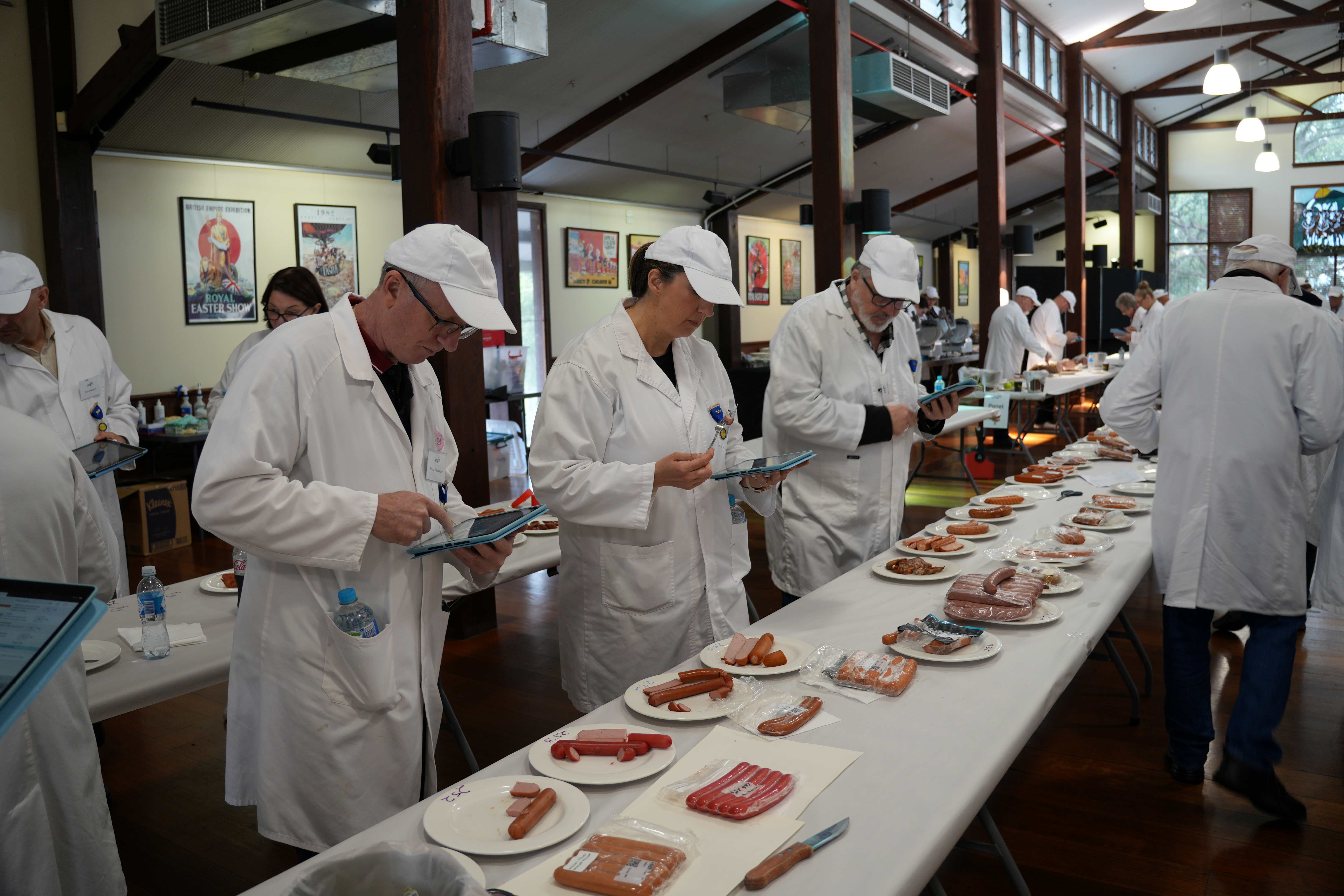Chris Sheedy reveals what it takes to be a Sydney Royal judge
Who does the judging at Sydney Royal events? How are they chosen and what does it take? Here we introduce you to the judging process by going behind the scenes.
Ed Halmyagi, more popularly known in the media as 'Fast Ed', often meets people that envy his job. Some wish they had his travel itinerary. Others wonder what it would be like to taste all of the varied food that he does. And many say, when they meet him, that the thing they envy the most is his job as a beer judge.
"People always say to me the idea of judging beer for nine hours sounds so cool," he smiles. "'How lucky are you!' they say. But honestly, at the end of nine hours the last thing you want is another sip of beer. It can be an incredibly difficult thing."
And beer is just one of Ed's judging specialties. The most difficult day Ed has ever experienced involved nine hours of tasting commercial sliced bread! "After that I felt ill for days," he says.
As a Sydney Royal Associate Judge for Professional Bakery, Beer and Cider, Ed now has a raft of judging experience under his belt. He has become familiar with the well-structured system of judging food and drinks and this framework, he says, contains several layers in order to ensure accuracy and consistency.
"First and foremost is the role of the Chief Judge," he explains. "When it comes to beer, wine and cider, that is a gentleman by the name of Neal Cameron. Neal's job is to work with the committee members to develop the parameters within which the judging will be done."
"That means that we are articulating the specific standards, the key measurements, the weight that will be given to different characteristics whether they be around smell, appearance, taste or presentation. These are broken up into a point scoring system and a lot of this is influenced by professional standards used in a range of shows around the world."
So well organised are the various judging systems around the globe that Ed says he could confidently judge overseas, thanks to his experience with Sydney Royal. But it is not just anybody that could fill the role of a Sydney Royal judge.
"We have judges from a range of different skill backgrounds, from professional brewers and sommeliers to people who work in beverage or bakery sales," Ed says. "We also have people who are journalists in the area, and chefs etc. When you bring all of these different skills on board, what you're doing is diversifying the palate to a point where you have something stronger than what you started with."
The learning process to become consistent in judging is a difficult one, Ed says. But to move upwards from Associate Judge to Chair and beyond requires experience and a great track record.
"You basically need runs on the board," Ed says. "Learning how to judge for hours and sometimes for days, while giving a consistent result, is difficult. But you pick up enormous amounts by working with more experienced people."
Sydney Royal events
Sydney Royal is a brand that represents competitive events held each year and creates an important system that sets benchmarks for agricultural excellence. It includes events at the Royal Easter Show, as well as Sydney Royal Wine, Dairy, Fine Food and Beer & Cider shows throughout the year.
Competitions organised by Sydney Royal are showcases. They promote the passion, products and energy of rural Australia. Many believe they are now a vital ingredient for upholding and improving the quality of produce from Australia.
One of the supporters of Sydney Royal events is James Derrick, President of the NSW Stud Merino Breeders Association and NSW representative on the Footrot Steering Committee. James's first experience of judging - in this case Merino sheep - at the Sydney Royal Easter Show will come in 2016. But he is no stranger to the process. James has spent many years judging at other events and for over a decade has been one of Australia's most successful breeders and exhibitors of Poll Merino.
"2016 is the first time I have been nominated for the Sydney Royal Easter Show," James says. "The judging nomination is a tick of approval. It is recognition from your peers in the industry with respect to your achievements and ability to select animals. Normally I show my own stock but this year I'm not. You can't show stock and judge. If you have any interest in any animal then you need to stand down from judging."
While he is excited about the prospect of judging at the Show, James says he is also attracted by the judges' roles in helping to ensure the future sustainability of a breed. Judging livestock, he says, assists in the passing on of knowledge that might otherwise be lost.
"These competitions offer an important form of benchmarking," he says. "Where you finish in a line-up gives you an indication of where you are in respect to breeding potential. We all think we have good stock when we are at home but until they're actually standing beside other animals you don't realise the height difference, the body size difference and all sorts of variations that you can't pick when the animals are separated. When the animals are standing side-by-side it becomes very much a form of benchmarking."
James says efforts are now being made to foster such knowledge in the younger generation. In the sheep industry some knowledge is being lost between generations as large corporate studs, where a half a dozen jackaroos would typically work, are disappearing and being replaced by family-run operations. These studs were the training grounds for sheep selection.
James learned the stud trade on his own family's sheep farm through simple observation of animals and selection of breeding stock. "In regards to the younger generation, I would love to see us develop a syllabus for schools in wool production and in selecting animals and that sort of thing, so that we can engage people at a younger age. The more we can pass on our learning to others, the better it is for the industry in the long term."
What to look for
James says Merino sheep are judged first of all on the basics - the fact that they can walk, eat and reproduce. The legs must be square and straight. There must be no issues around the mouth and the animal must be sound in all respects. Then for specific breeds the fibre of their fleece is checked for whiteness and for soft handling.
In judging beer and food, Ed says, the taster is looking for a range of things tested by various senses, including taste, smell, consistency, appearance, after-taste etc. Often the most experienced tasters will be able to identify whether particular chemicals have been used in the production process.
"When judging pies, some people are able to identify the presence of maltodextrin, which is a kind of sugar that is only found in particular kinds of synthetic stabilisers," Ed explains. "To be able to say, 'I can tell you for an absolute fact that this gravy has been thickened using this product which is not within the parameters of the rules set out for this category,' on the basis of your taste buds alone, is quite amazing."
Judging is always an adventure, and always a challenge, Ed says. "I remember one competition when the very first beer put in front of me was the worst beer I had ever tasted. It was revolting. But later on in the tastings I thought that maybe I just wasn't warmed up to it. In that case I came back to it after having tasted another 180 beers and yes, it was still as putrid as it was at the beginning."
Words: Chris Sheedy
Article first appeared RAS Times February 2016
